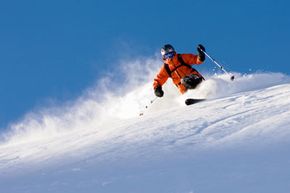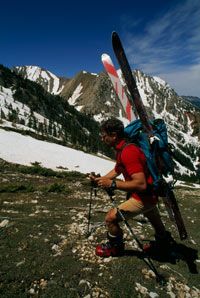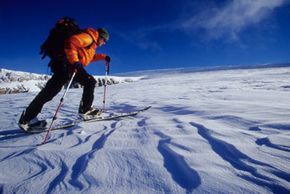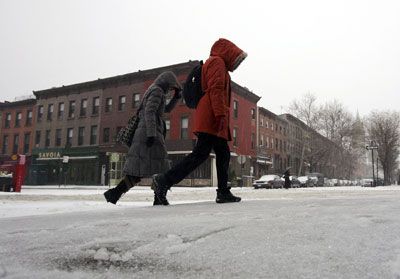What do you get when you combine snow and spectacular views.
If you're ready to skip the ski lift and experience backcountry skiing, you'll need some extra gear and a good guide. Alpine touring doesn't necessarily require different gear than what you'd use for downhill or cross-country skiing, but investing in some specialized stuff can make the trek safer and more enjoyable.
Advertisement
As far as time commitment, climbing a snow-covered mountain can take a few hours -- and, considering that one hike up will get you just one ski down, you could spend a day or even a few weeks alpine touring.
One of the biggest draws of alpine touring is the sense that you're headed into undiscovered wilderness. The sport is growing in popularity, but there are still plenty of hills that are rarely touched by other skiers, so you'll feel the fresh snow crunching (or slipping) beneath you as you explore the land.
But before you head out to find the next empty mountain, there's some information you'll need to have -- from what to bring to who to travel with. Traditional ski trails are marked and defined, but the pristine alpine touring trails are typically not regulated by a ski resort, which means you'll have to depend on an expert guide so you don't end up skiing over a cliff or causing an avalanche.
So strap on some skins (we'll explain later) and get ready for alpine touring.
Advertisement

















